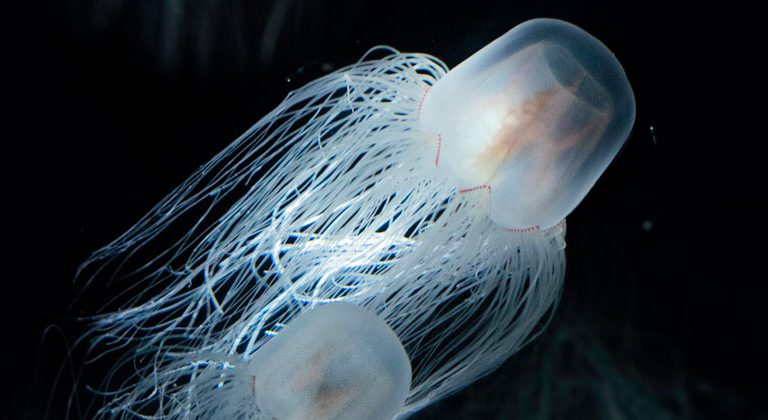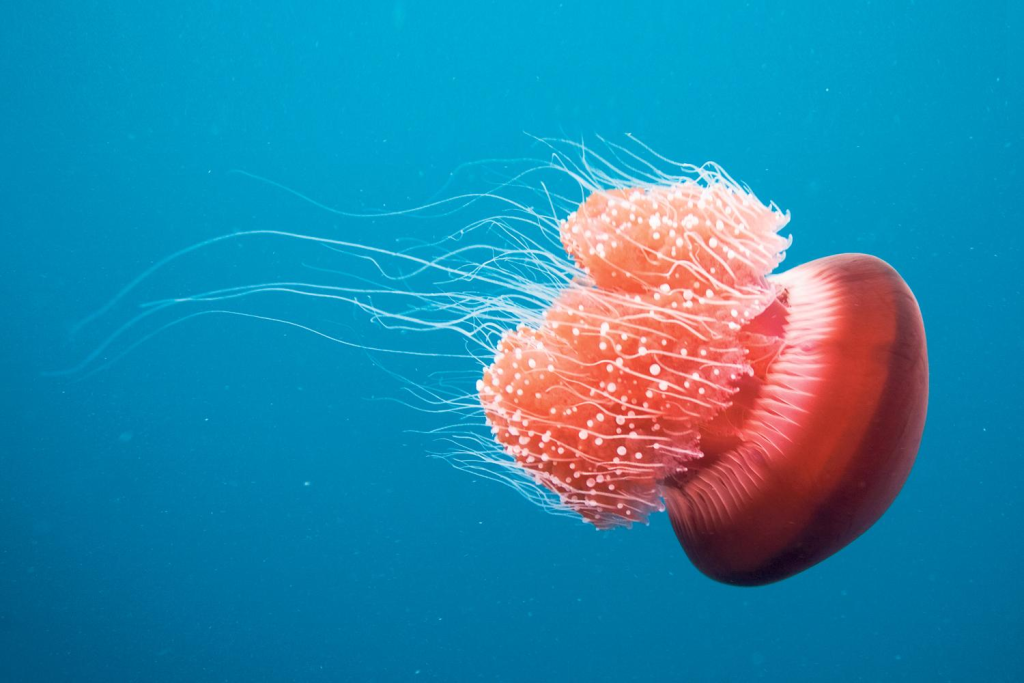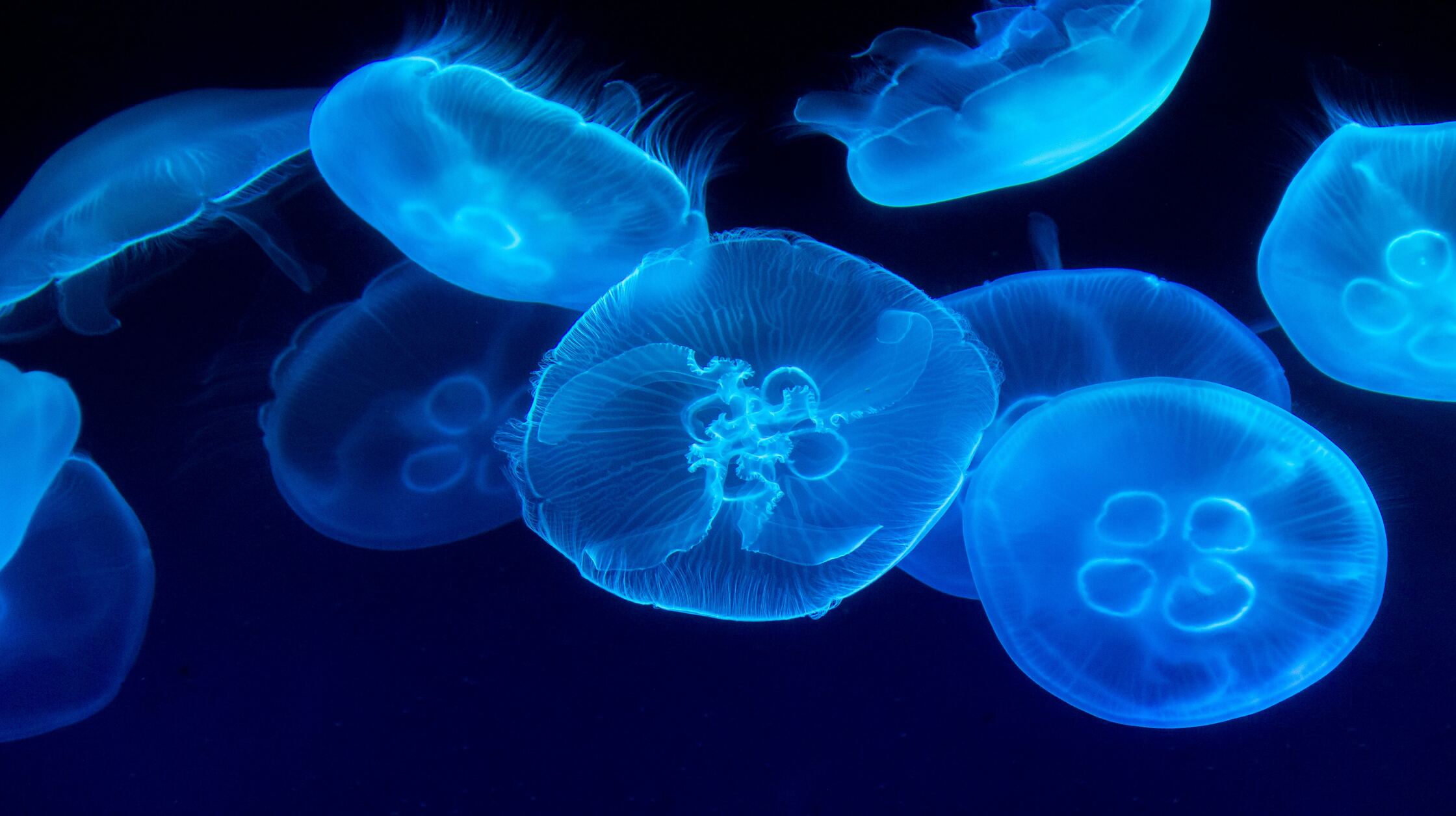A monumental discovery was recently announced by scientists who have unearthed the oldest species of swimming jellyfish in 505-million-year-old fossils at the Burgess Shale site in Canada, renowned for its remarkable preservation of ancient species. The newly discovered species, named Burgessomedusa phasmiformis, possessed a bell-shaped body that could grow up to 20cm in height and boasted roughly 90 short tentacles, presumably utilized for snaring sizable prey.

To put this discovery into perspective, the earliest human ancestors emerged between five and seven million years ago. Thus, these ancient jellyfish roamed the oceans approximately 500 million years before the first humans began their bipedal journey across Africa’s vast landscapes.
Jellyfish are a subset of the cnidaria phylum known as medusozoans and are made up of 95 per cent water. Their watery composition and consequent decomposition after death make jellyfish fossilization a rare event. This scarcity of tangible evidence means that our understanding of their evolutionary history has primarily relied on the microscopic fossilized larvae stages and molecular studies from living jellyfish specimens.

Considering these obstacles, the jellyfish fossils uncovered from the late 1980s and early 1990s have been hailed as extraordinary. However, it took many years for paleontologists to finalize a formal description of these fossils. The results of these painstaking efforts were finally published on Tuesday, August 1, in the Proceedings of the Royal Society B.
Dr. Jean-Bernard Caron, a curator of invertebrate paleontology at the Royal Ontario Museum, expressed his astonishment at the discovery of such fragile creatures preserved in the rock layers atop mountains. “Finding such incredibly delicate animals preserved in rock layers on top of these mountains is such a wondrous discovery,” Dr. Caron told The Guardian.
This exciting discovery adds yet another fascinating lineage of animals to the rich tapestry of the Burgess Shale, offering valuable insights into the evolutionary journey of life on Earth. Joe Moysiuk, a co-author of the study and a paleontology student at the University of Toronto, remarked upon the challenge and importance of finding concrete evidence of jellyfish in the Cambrian fossil record, given their ancient origins.
The discovery of Burgessomedusa phasmiformis paints a picture of a more intricate Cambrian food chain than previously believed. According to Moysiuk, the evidence supports the theory that these jellyfish were indeed swimming during that era.
A total of 182 fossils of Burgessomedusa were reportedly found at a specific site in Canada known as the Raymond Quarry. The fossils remained undetected for a long period. “Is it that they tended to live high in the water column, out of reach from the mud flows that buried these ancient seafloor communities?” Moysiuk asked in Smithsonian magazine. The mystery continues, reminding us that our planet still has secrets to share about its ancient past.




